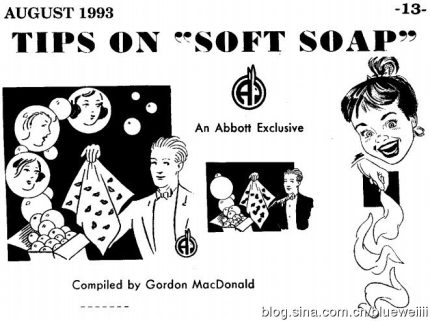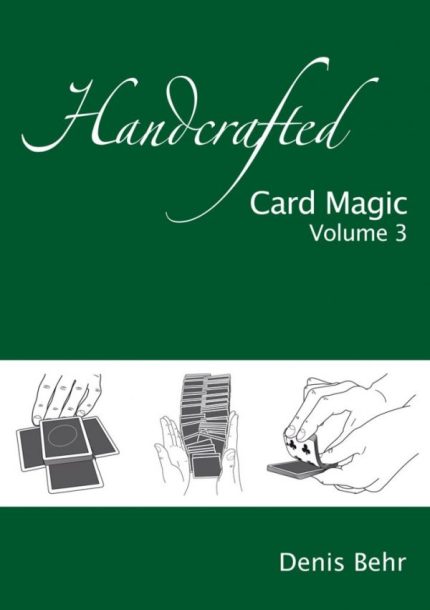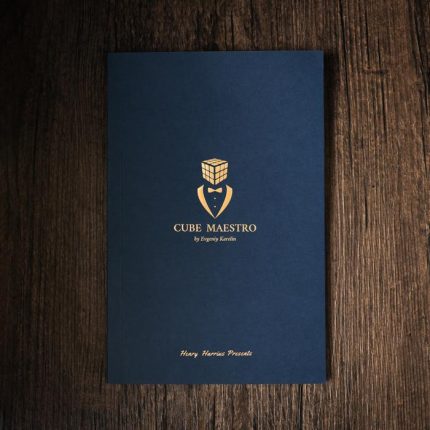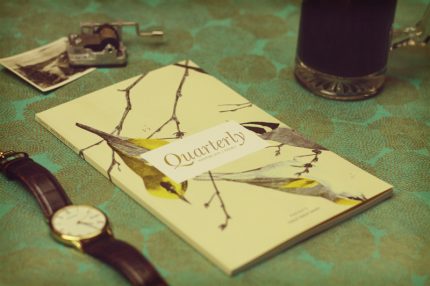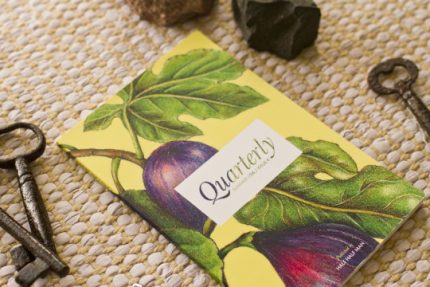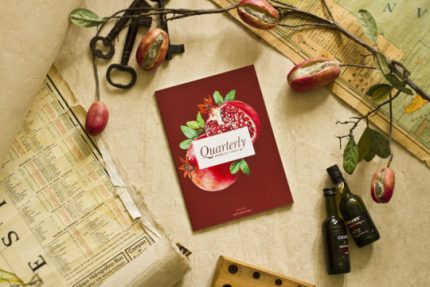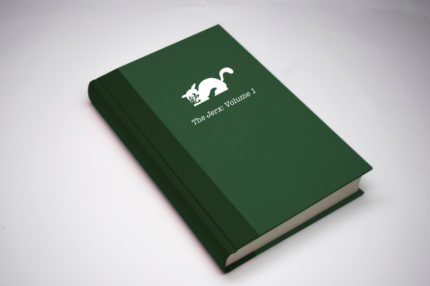Hi everyone, for your viewing pleasure, here is my review of another one of Lord Freddie’s books; The Tarot Reader’s Black Book (For Magicians and Occult Entertainers).
I approached this book with quite a bit more confidence than I had in his Pendulum book, mainly due to the fact that I’ve been doing tarot readings for friends and family since my teens and knew a lot of the “tricks of the trade” already.
I was pleasantly surprised to find that this book made me look at the tarot in a different way as well as confirming many of my own personal findings over the years.
(It also created a personal dilemma, but more on this later).
The book is divided into the following sections:
• “Introduction” explains who this book is meant for, what to look forward to in the following pages, as well as warning why the tarot can be a very powerful tool.
• “The Allure of the Tarot” covers why certain people are drawn to the tarot and what they are looking for in a reading, as well as highlighting the dangers that this could pose. It also provides tips for creating the right atmosphere to conduct a reading.
• “Buying a Tarot deck” compares the difference between buying traditional versus non-traditional cards, and provides tips on how to best present your cards for full effect.
• “Starting the reading” explains how to start things rolling before the reading even begins, and provides some subtle psychology to use on your sitter.
• “Subtle Convincers” outlines how to do some simple, but effective, tricks to convince your sitter that you are ‘the real deal’.
• “Stock Phrases & cold reading” covers how to use cold reading techniques to ‘get your foot in the door’ so to speak.
• “Hot Reading” covers the gathering of information prior to the sitting and is closely followed by a section on ethics.
• “Tarot reading ethics” was the section that made me sit up and take notice. It is a good reminder that a lot of sitters will believe that what you are telling them is real and they may then act upon your advice as if it was real. This is incredibly powerful and should not be abused as it could lead to major problems for your sitter and even for yourself.
[Ok, I’ll climb down from my soap-box now, but hopefully you get the idea…]
• “Practising readings” covers how to hone your skills before seeing your first paying sitter and explains a simple three-card spread in an in-depth way.
• “A basic guide to the cards meanings” is the meat-and-potatoes of the book and provides short, concise and fairly easy to remember points for each major and minor arcana in your deck. You probably won’t be able to memorize all of them, but then again you won’t need to if you follow the directions in this book.
• “Pumping up the hits” explains how to keep getting more positive results after the first correct “hit” and provides a good example of what not to do when doing a reading.
• “Dealing with tricky customers” covers the variety of sitters that you are likely to encounter, explains their reason for wanting the reading, and provides tips on how to give them what they want from the sitting.
• “Places to work” explains the pros and cons of doing readings in various locations, taken from the author’s own experience.
• “Recommended reading” and “Final words” conclude this book.
To sum up, there were some things in this book that I knew, a lot of things that I didn’t know, and some things that I knew, but hadn’t realised that I knew, before reading about them. If you are thinking of doing tarot readings, then I thoroughly recommend this book to you.
The section on the ethics of doing card readings has made the biggest impact on me. It was a real eye-opener and I think that it will be something that I will be pondering for quite some time.
Who says that books don’t leave lasting impressions?




